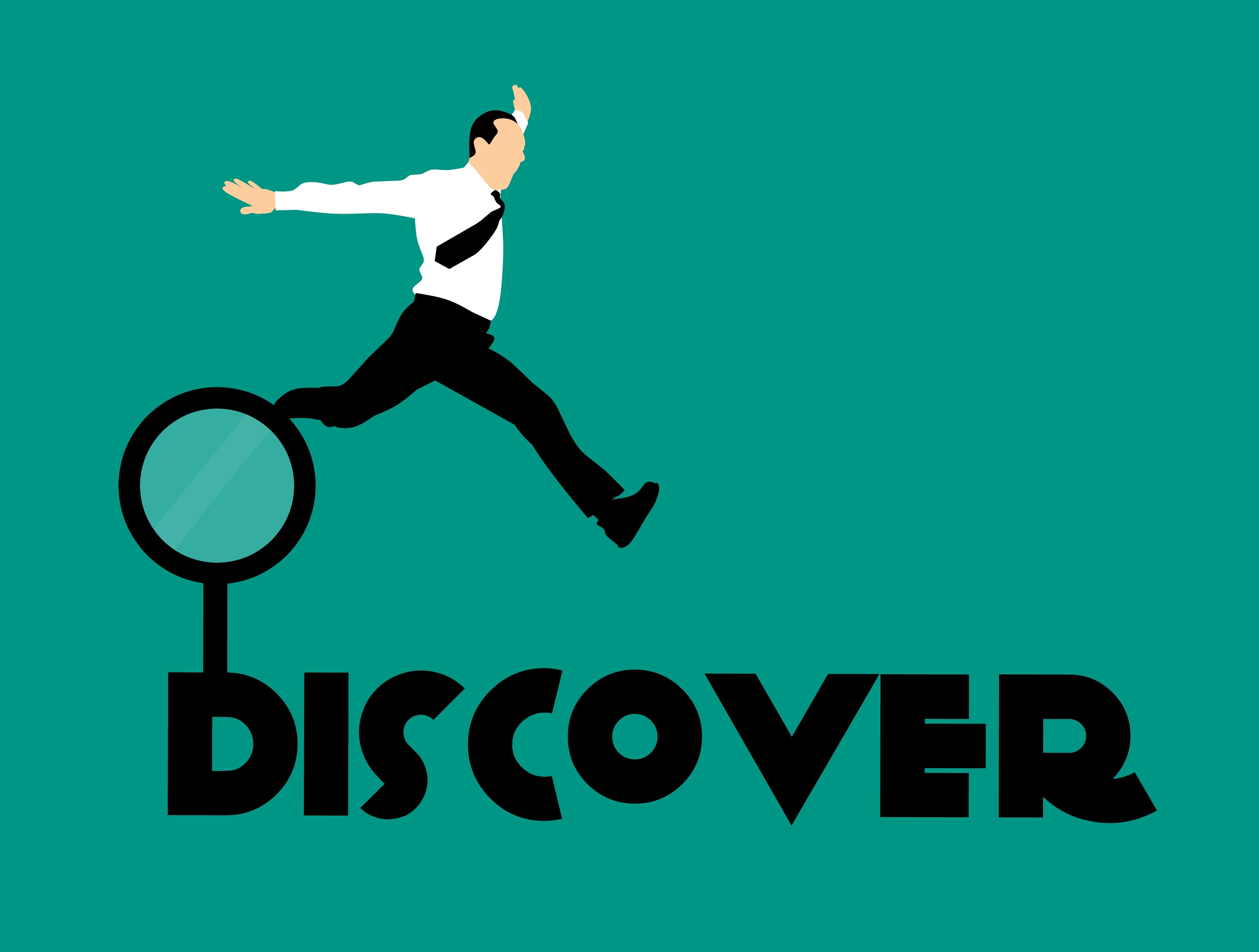Mastering Best Practices for Employee Onboarding
Unlock the secrets to successful employee onboarding with these expert tips and...


This pandemic has subjected all of us to a huge change in all the areas of our lives, and the ability to learn and adapt to change has turned from a core of business success to a must do. Thus, one of the most crucial facts to keep in mind is the culture that a company is cultivated among its employees.
People need to stay up to date, to be able to upskill and reskill, to embark on new roles and responsibilities in order to stay relevant in this changing business environment. This means that companies should have an ongoing support system in place, which means that the learning and development departments can’t just develop and deliver training programs anymore, but rather foster a learning environment that fuels continuous development among employees.
This would benefit both the employees, who are exposed to learning opportunities that make them stay relevant, and the employers who have a competitive advantage by working with people that are prepared to adapt to change. Moreover, a continuous learning culture fosters agility among companies because it helps them to react quickly to any change and to adapt to the new market needs. The question is, how do you enforce this continuous learning environment among employees in these difficult times? There are a few strategies that we’ve encountered and we’d like to share.
Don’t make time frames around learning rigid, give people the opportunity to learn anytime and from anywhere, offering them learning resources that are available anytime in an eLearning platform. Also, offer them information in the format of microlearning, keeping in mind that bitesize knowledge creates learning habits. Put differently, you can turn the frequently used “did you know that?” into pieces of information that are actually relevant for employees in their day to day working life, fostering a learning culture while doing this.
There’s no longer time for information that is not needed NOW. People are focused on so many things, such as adapting to a remote work environment, finding the energy to focus on online meetings, keeping up with their tasks, and general, theoretical knowledge is not something that people want or have time to focus on.
That’s why you should provide them with experiential learning opportunities while creating a strong learning culture, where they can actively engage in the learning process, having hands-on experience with a specific topic. Also, you should map learning paths to the career paths when choosing the topics, keeping in mind the employees’ future progression in the organization and what skills they need to adapt to new roles. This is how you also offer training programs that are relevant to them, keeping them engaged and focused.
Augmented Reality (AR), Virtual Reality (VR), Extended Reality (ER), and Mixed Reality (MR) are ways to deliver near-world experiences to learners that are similar to their day to day work, helping them to immerse themselves into digital experiences where they can get new skills and improve old ones from the comfort of their own homes.
“A growth mindset can be a great source of motivation, especially in learning, because it puts learners in control of what they’re doing, encouraging them to cultivate abilities and traits” (source). And as we’ve all experienced these days, motivation is highly needed to keep up with learning and to create a continuous learning culture, where employees seek out knowledge on their own, often coaching and mentoring each other.
This article is part of a bigger topic called: eLearning
Unlock the secrets to successful employee onboarding with these expert tips and...

Discover how just-in-time learning can revolutionize the way you approach skill...

Learn from Jen's journey and discover a storytelling approach to L&D planning that...


































































See how our product empowers real businesses.

MMM Consulting
Collaborative learning platform, easy to use, easy to integrate learners' contribution as well, not only ours, easy way to test their connection to the program because it has all sort of tracking opportunities and options.

RE/MAX
I've searched a lot for learning platforms and I find that the Knolyx platform is the best option for us. The main reason for which we've chosen Knolyx was that it is very easy to find information when we need it, you can organise and establish learning paths for newcomers.

Romanian Banking Institute
Easy-to-use learning-app with an intuitive interface and a very useful training tracker function.

Moonstar Ventures
Knolyx has been an amazing partner in developing together the most advanced learning experience platform for businesses looking to train their workforce. The platform’s modern look, simplicity and focus on a social and gamified learning experience make all the difference.

Urgent Cargus
Knolyx product has streamlined our processes, reduced costs, and provided our users with an intelligible learning experience. Through Knolyx, we managed to deliver courses more easily to all our employees and partners, and made the induction process more efficient.

Fixthephoto.com
The Knolyx learning management system offers a mix of advanced features and a contemporary UI, as the developers focused primarily on making the user experience as convenient as possible. - read more

myCareer
I like two things best: 1/ With Knolyx, you have the ability to curate the content that your learners receive, limiting overwhelm and promoting a sustainable learning curve. 2/ Knolyx is fully gamified, where you can add interactive courses, have your learners take quizzes and then reward them with progress pages!

Learning Network
Knolyx changes the perspective upon learning: from static to dynamic, by means of interaction and gamification. Learners are constantly encouraged to become an active part of the training programs, to gain knowledge and to test their learning progress. Moreover, social learning is enforced through communities of practice, which is really valuable for us.